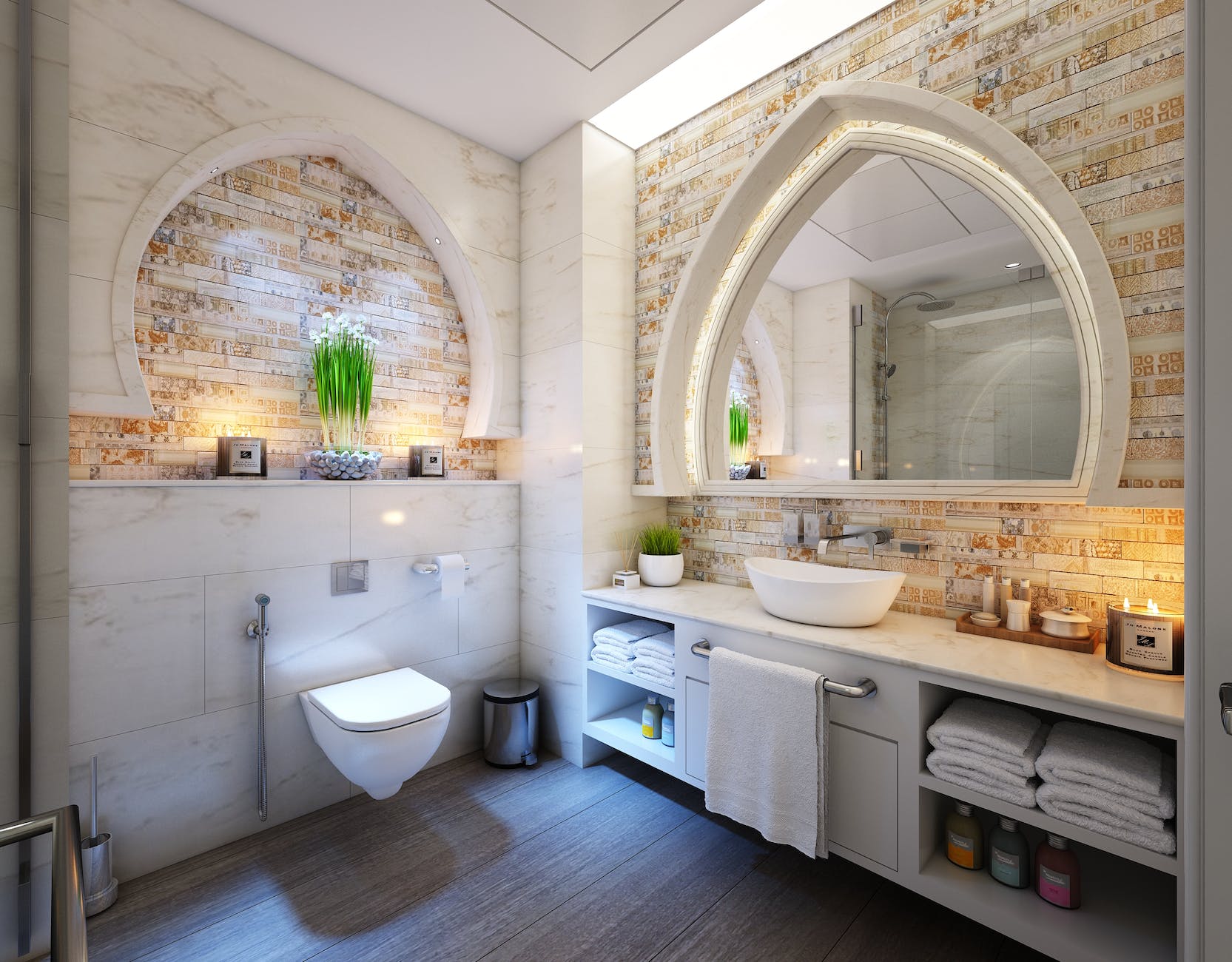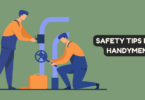
Toilet
Are you sick of staring at those stubborn toilet stains that won’t budge? Are you tired of scrubbing tirelessly, only to be disappointed? Well, fear not, for there is hope! This discussion will reveal the secret arsenal of cleaning supplies you need to conquer those pesky stains. But be warned, these potent products are not your typical household cleaners.
So, prepare yourself because the solution to your toilet troubles awaits.
For more tips on removing toilet rust and maintaining a clean toilet, visit https://www.diamondbackplumbing.com/blog/rusty-toilet-bowl-5-ways-to-get-rid-of-toilet-rust/.
Vinegar
Vinegar is your go-to solution if you struggle to remove stubborn toilet stains. Vinegar has numerous benefits when it comes to cleaning. One of the main benefits of vinegar is its natural cleaning properties.
It is a powerful disinfectant that can effectively kill germs and bacteria in your toilet bowl. Not only does vinegar kill these unwanted guests, but it also helps to eliminate any unpleasant odors that may be present.
To use vinegar to clean stubborn toilet stains, pour a generous amount into the bowl and let it sit for about 30 minutes. The acidic nature of vinegar helps break down and dissolve the stains, making them easier to scrub. After the 30-minute wait, grab a toilet brush and scrub the stains vigorously. You’ll be amazed at how easily the stains come off!
Baking Soda
Baking soda is another effective solution for tackling stubborn toilet stains. To begin, sprinkle baking soda around the inside of the toilet bowl. Then, grab a toilet brush and scrub vigorously to remove any stains. If you’re dealing with tough stains, consider using bleach as a last resort.
Bleach For Tough Stains
Consider using bleach in conjunction with baking soda to tackle tough toilet stains. While bleach is a popular choice for removing stubborn stains, some people prefer to use bleach alternatives or homemade toilet cleaners due to concerns about the harsh chemicals in bleach.
However, when it comes to those tough stains that won’t budge, bleach can be a highly effective solution. To use bleach for tough stains, add a small amount of baking soda to the toilet bowl. Then, pour bleach directly onto the stains, covering them completely.
Leave the bleach for a few minutes before scrubbing with a toilet brush. Remember to wear gloves and ensure proper ventilation when using bleach.
Natural Stain Remover
To effectively remove stubborn toilet stains, consider the natural power of lemon juice. Lemon juice is a versatile and effective solution for eco-friendly options and DIY stain removers. Not only does it have natural bleaching properties, but it also contains citric acid, which helps to break down and dissolve stubborn stains.
To use lemon juice as a natural stain remover, cut a lemon in half and squeeze the juice directly onto the stained area. Let it sit for a few minutes, then scrub it with a toilet brush. The acidic nature of the lemon juice will help to lift and remove the stains, leaving your toilet clean and fresh. Plus, the pleasant citrus scent is a bonus!
Borax
Borax, also known as sodium borate, is a versatile cleaning agent to help you achieve a sparkling clean toilet bowl. Here are some things you need to know about using borax for cleaning stubborn toilet stains:
Borax safety precautions:
- It is essential to handle borax with care as it can be irritating to the skin and eyes. Always wear gloves when working with borax, and avoid inhaling the powder.
- Keep borax out of reach of children and pets. Although it is a natural product, ingesting large amounts of borax can be harmful.
- When using borax, follow the instructions on the packaging and avoid mixing it with other cleaning products, as this can create toxic fumes.
Hydrogen Peroxide
Hydrogen peroxide is a bleaching agent that effectively breaks down and removes tough stains in your toilet bowl. It has several benefits when it comes to cleaning your toilet.
Hydrogen peroxide is a powerful disinfectant that can kill bacteria and viruses lurking in your toilet bowl. This makes it an excellent choice for maintaining a clean and hygienic bathroom environment.
To use hydrogen peroxide for cleaning stubborn toilet stains, start by pouring a small amount directly onto the stained areas of the toilet bowl. Let it sit for a few minutes to allow the hydrogen peroxide to penetrate and break down the stains.
Then, use a toilet brush to scrub the stains away. For tougher stains, you may need to repeat the process or let the hydrogen peroxide sit for longer.
Toilet Brush With Stiff Bristles
Using a toilet brush with stiff bristles is effective and efficient. It saves you time and effort by eliminating the need for excessive scrubbing. With a few quick strokes, you can remove stubborn stains and restore the cleanliness of your toilet bowl.
To make the most out of your toilet brush with stiff bristles, here are a couple of tips:
- Apply Cleaning Solution: Before scrubbing, apply a cleaning or toilet cleaner to the stains. This will help to loosen the grime and make it easier to remove.
- Regular Maintenance: To ensure the longevity of your toilet brush, rinse it thoroughly after each use and store it in a well-ventilated area. This will prevent the accumulation of bacteria and odors.
Commercial Toilet Stain Remover
Commercial toilet stain removers contain potent chemicals that break down and dissolve stubborn stains. They contain ingredients like bleach, hydrogen peroxide, and enzymes that effectively remove stains caused by hard water, mineral deposits, rust, and other harsh substances.
One advantage of using commercial toilet stain removers is their convenience. They are ready to use and require minimal effort. Apply the product to the stained areas, let it sit for the recommended time, and then scrub with a toilet brush. Most commercial stain removers provide visible results within minutes, making cleaning quick and hassle-free.
While commercial toilet stain removers are efficient, it’s important to note that they may contain harsh chemicals that can be harmful if not used properly. Always follow the instructions provided by the manufacturer and take necessary precautions, such as wearing gloves and ensuring proper ventilation.






